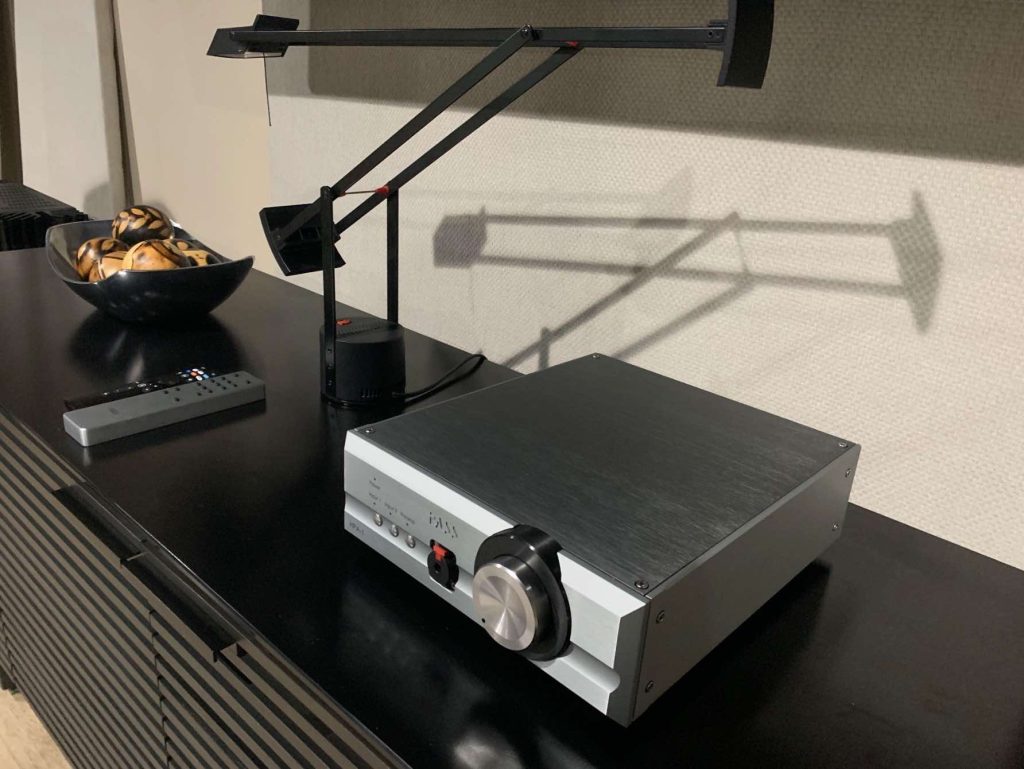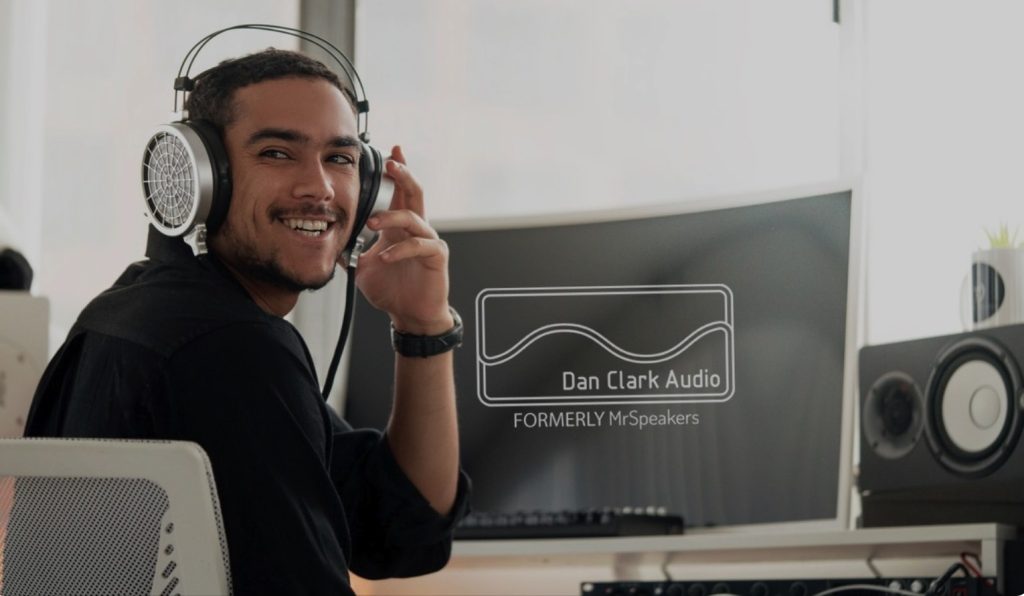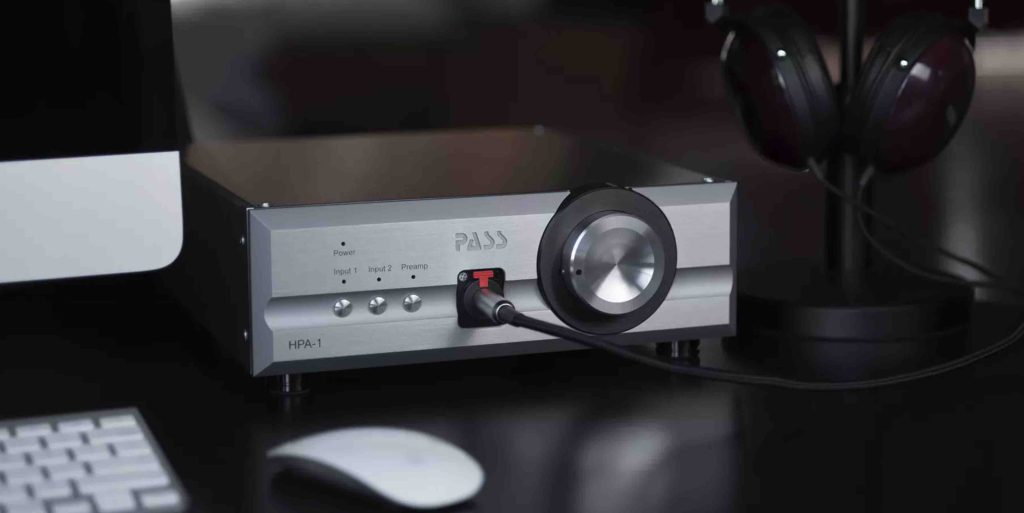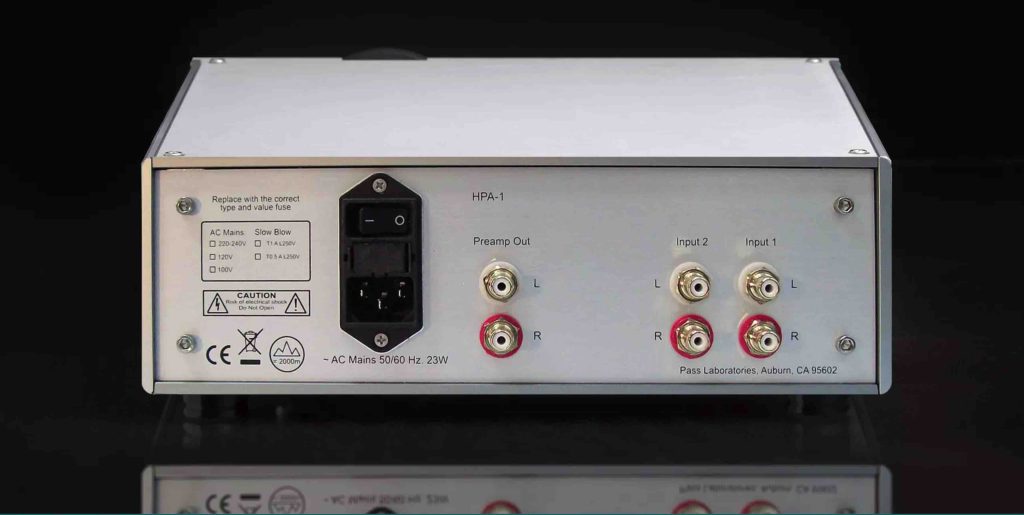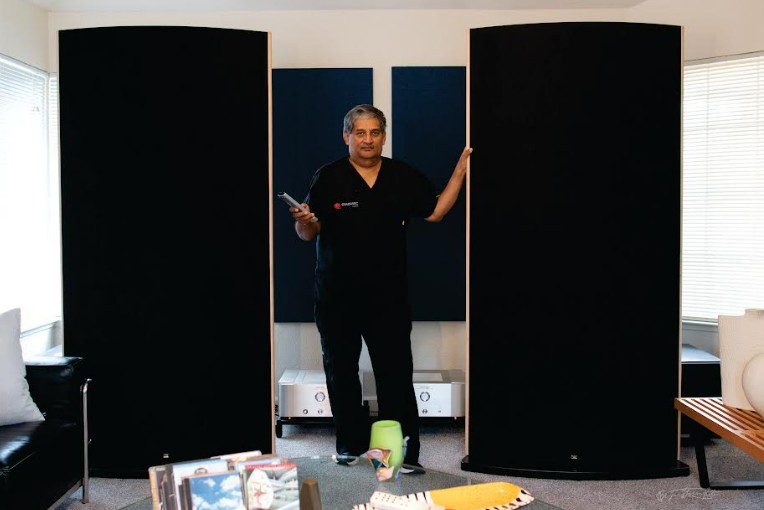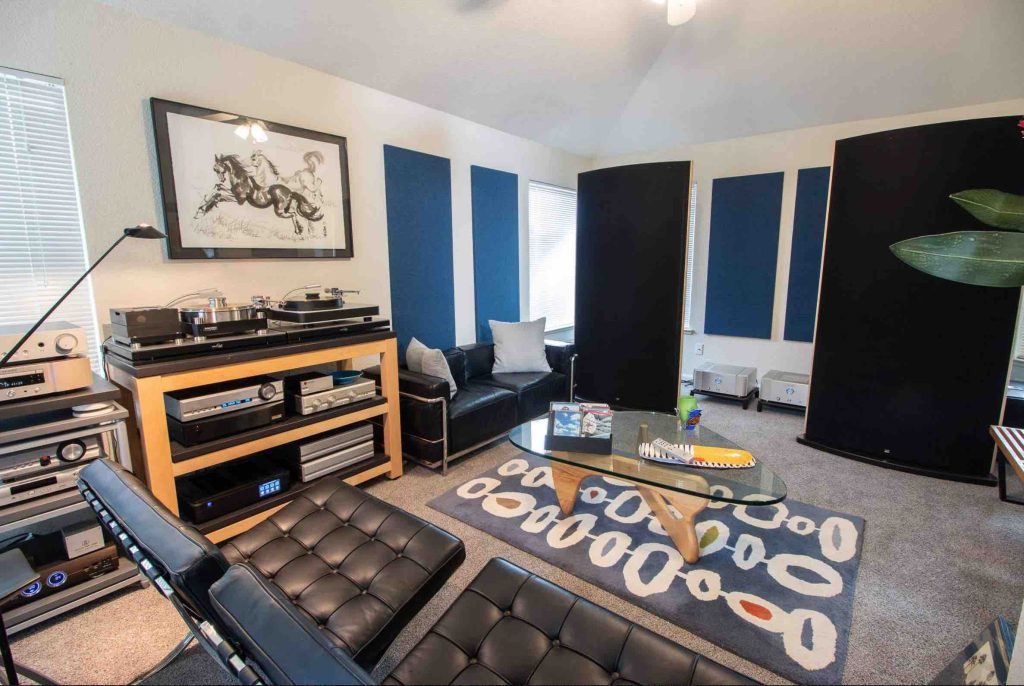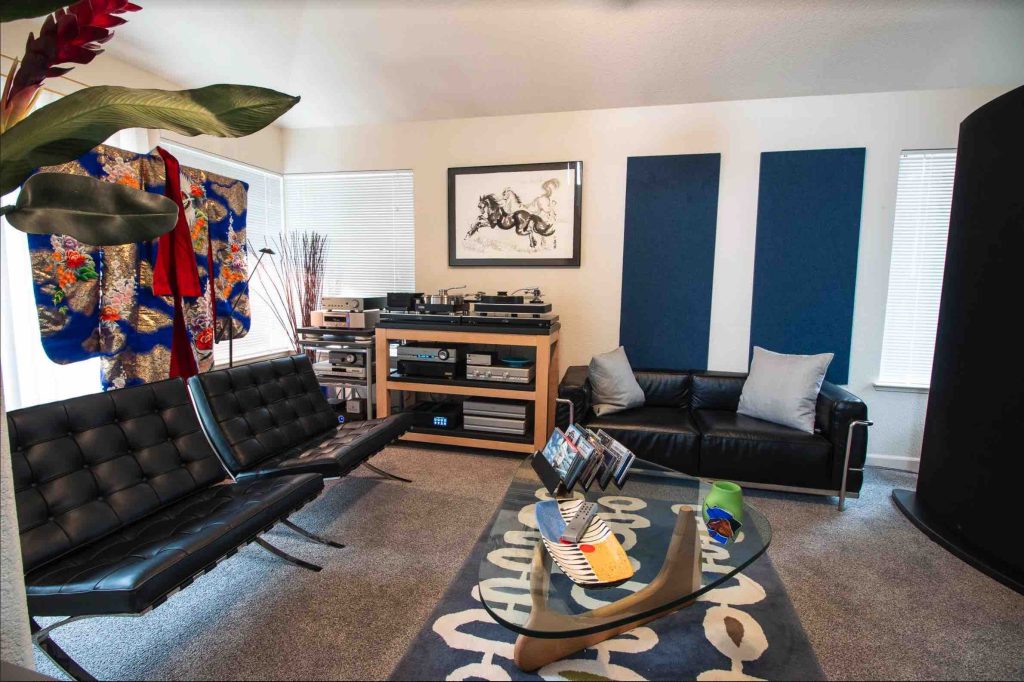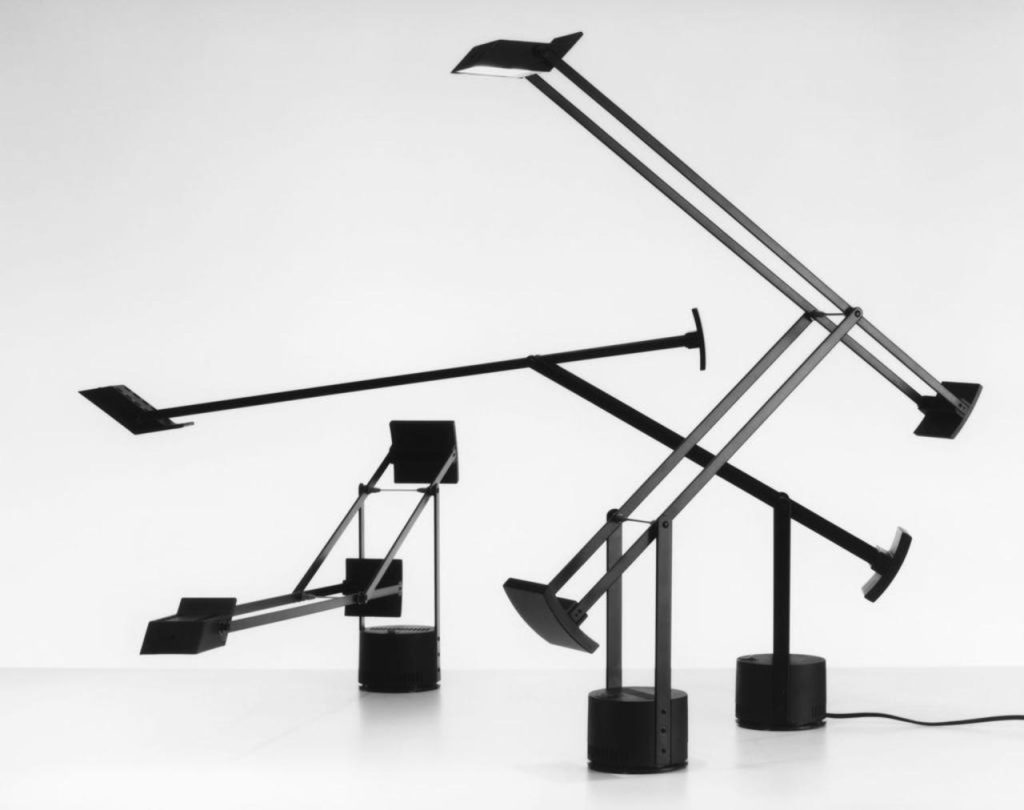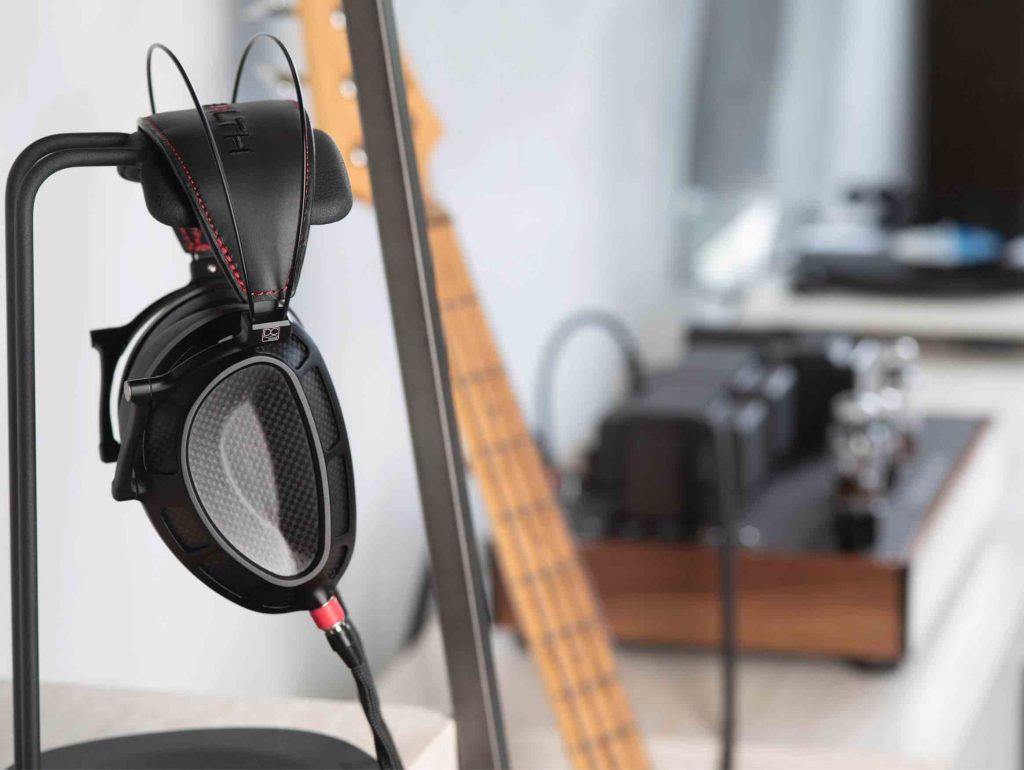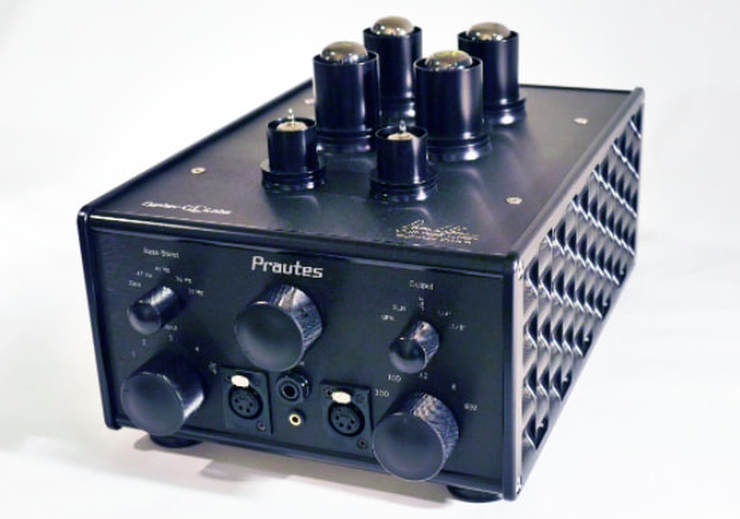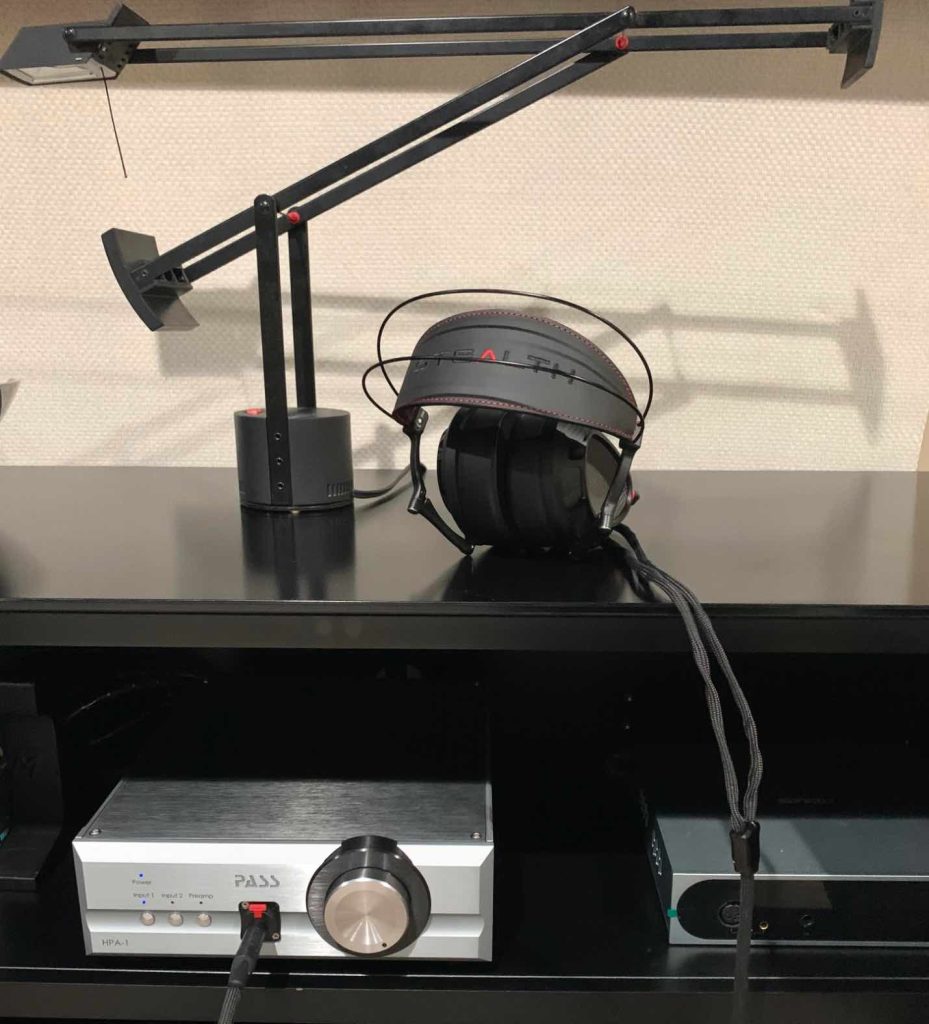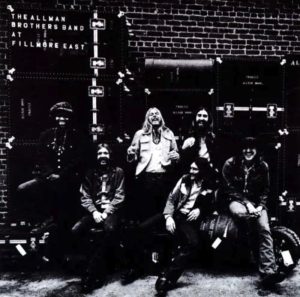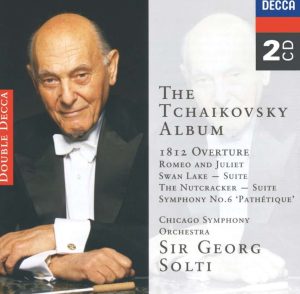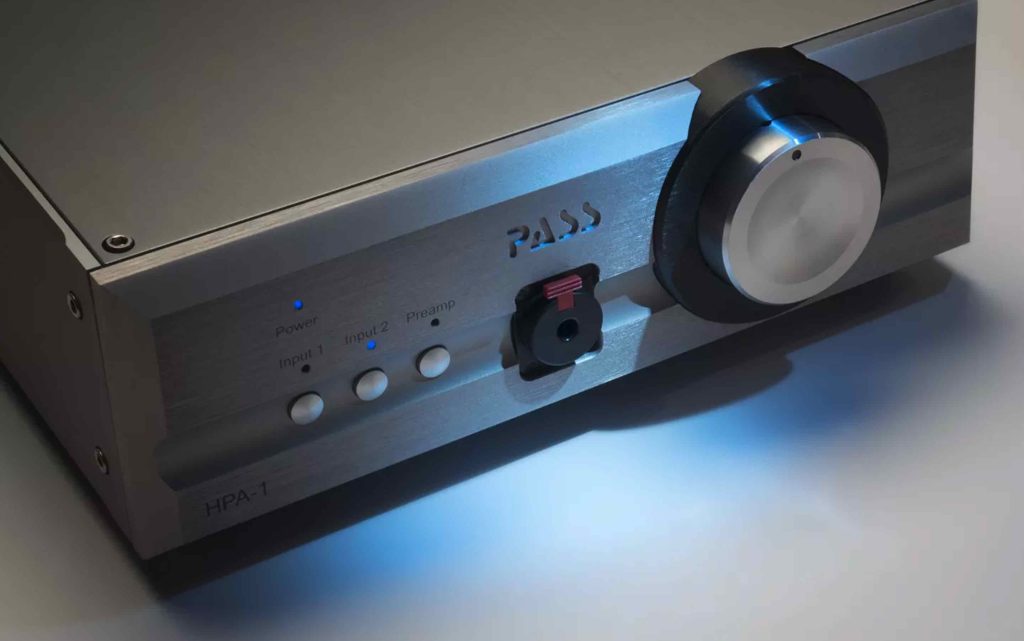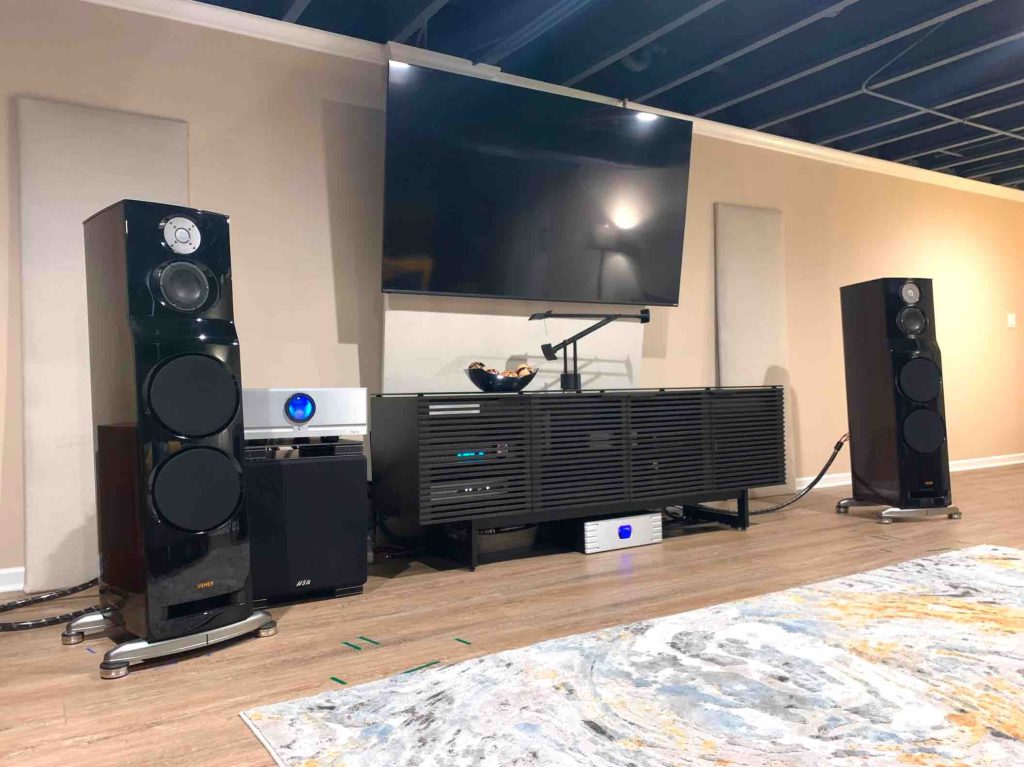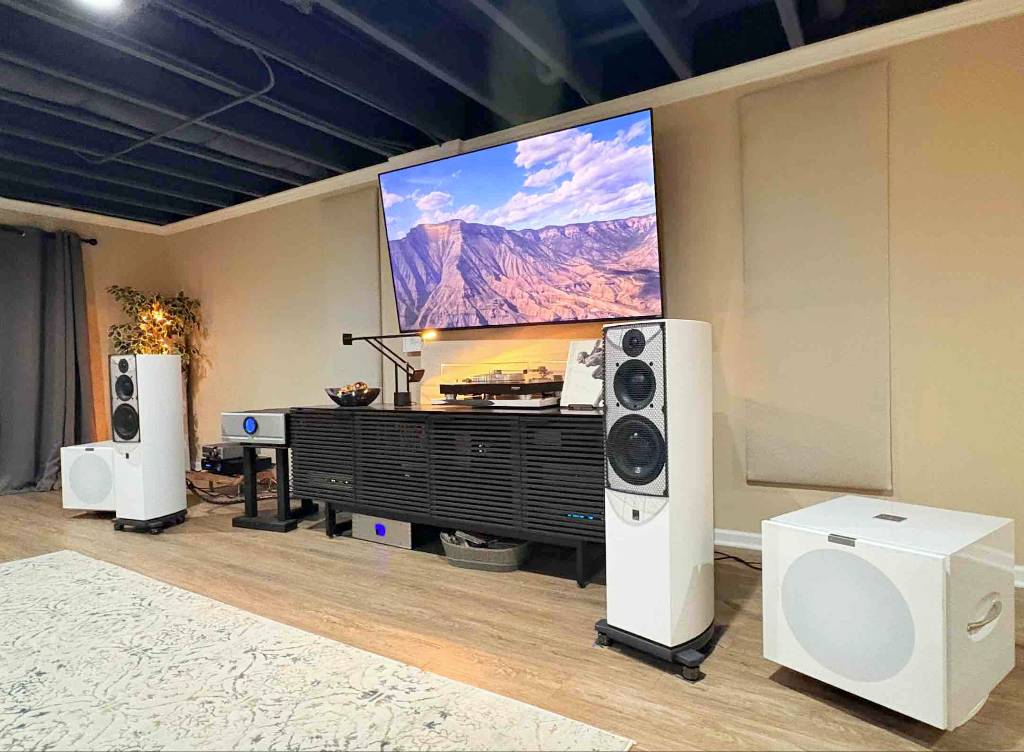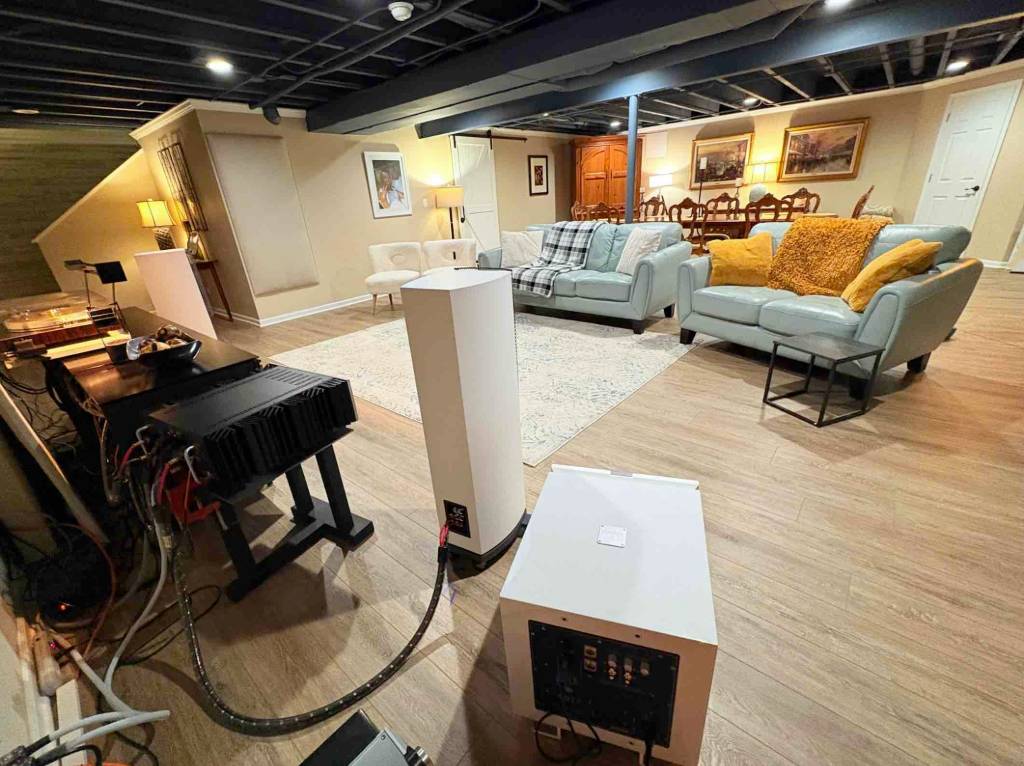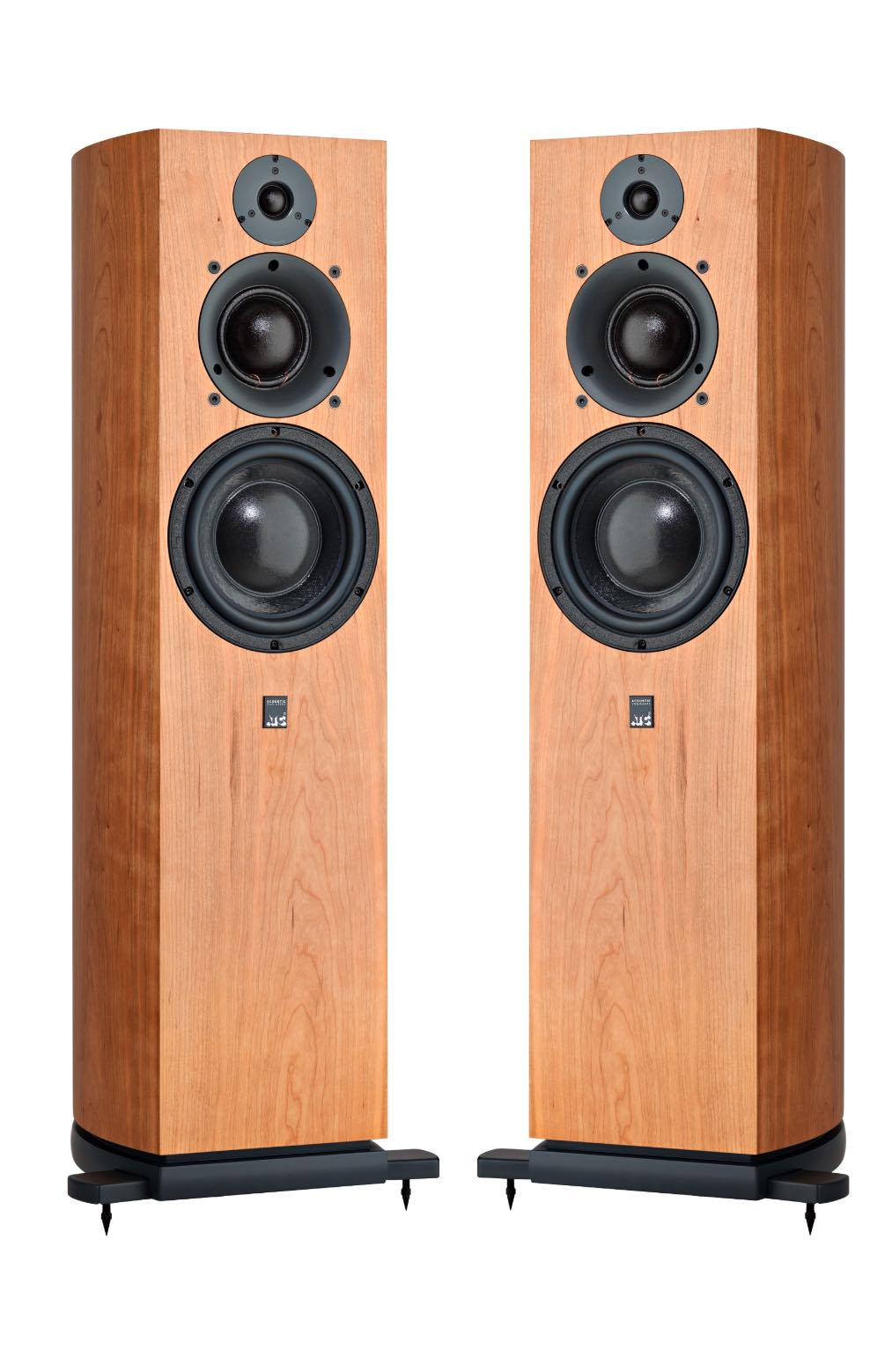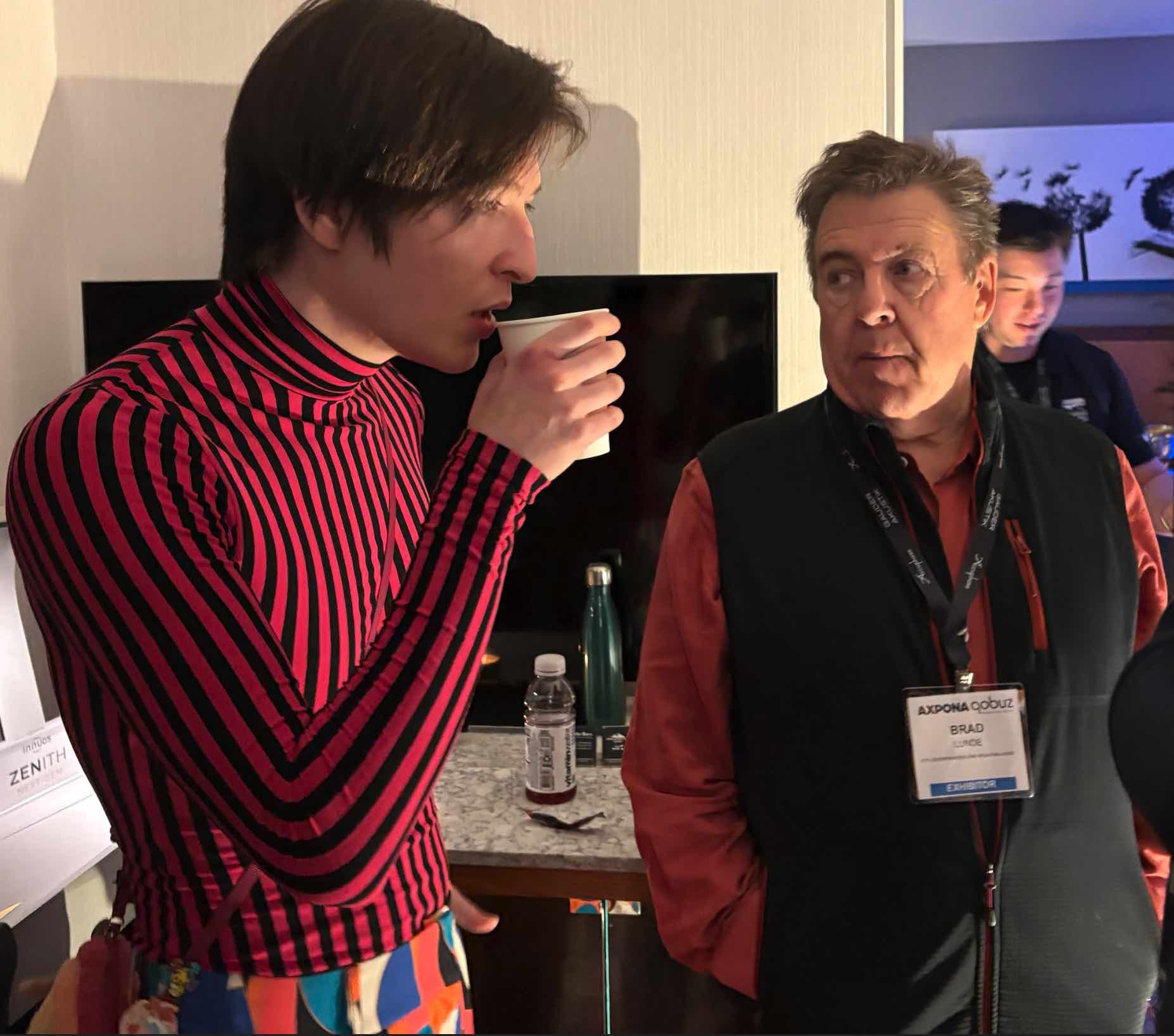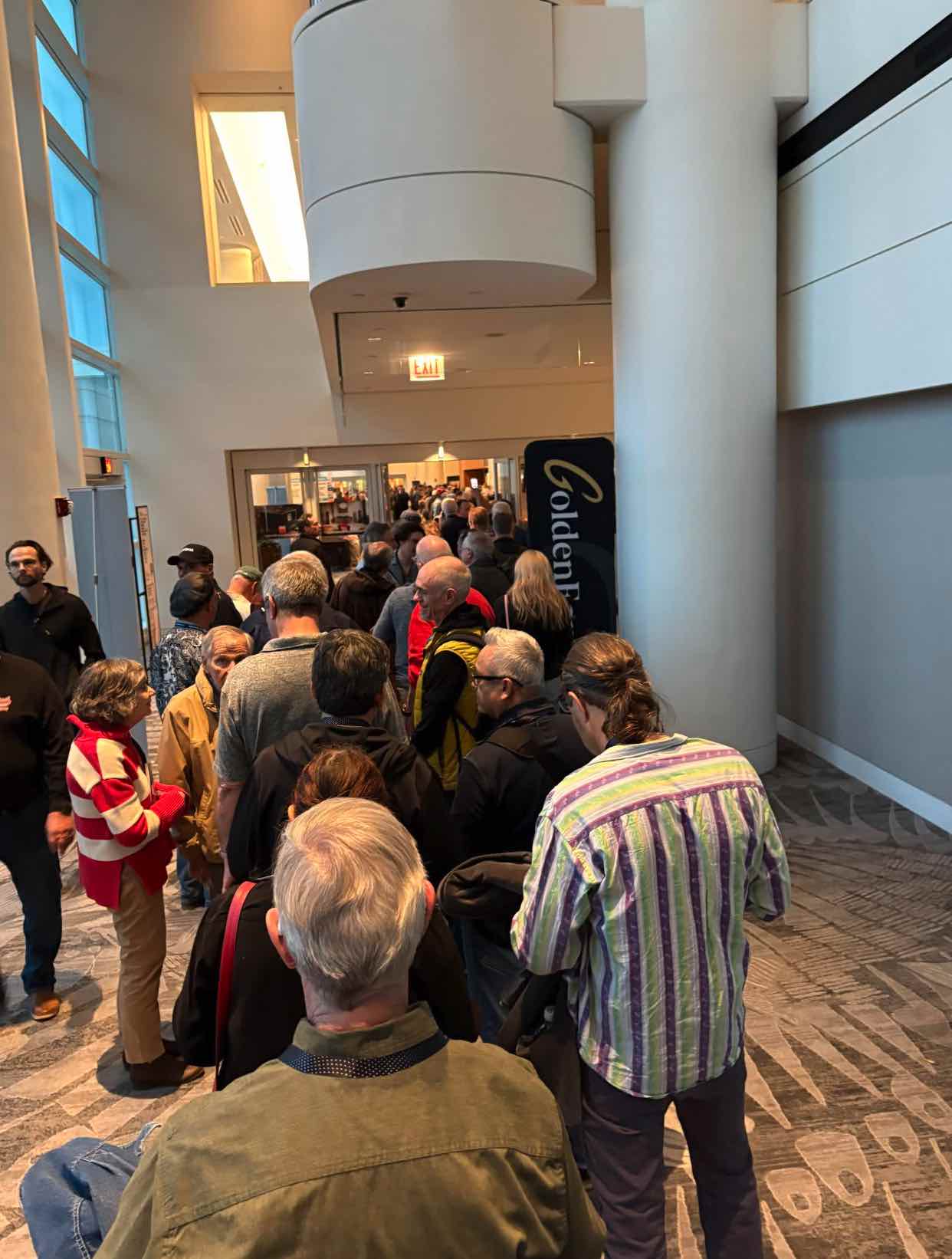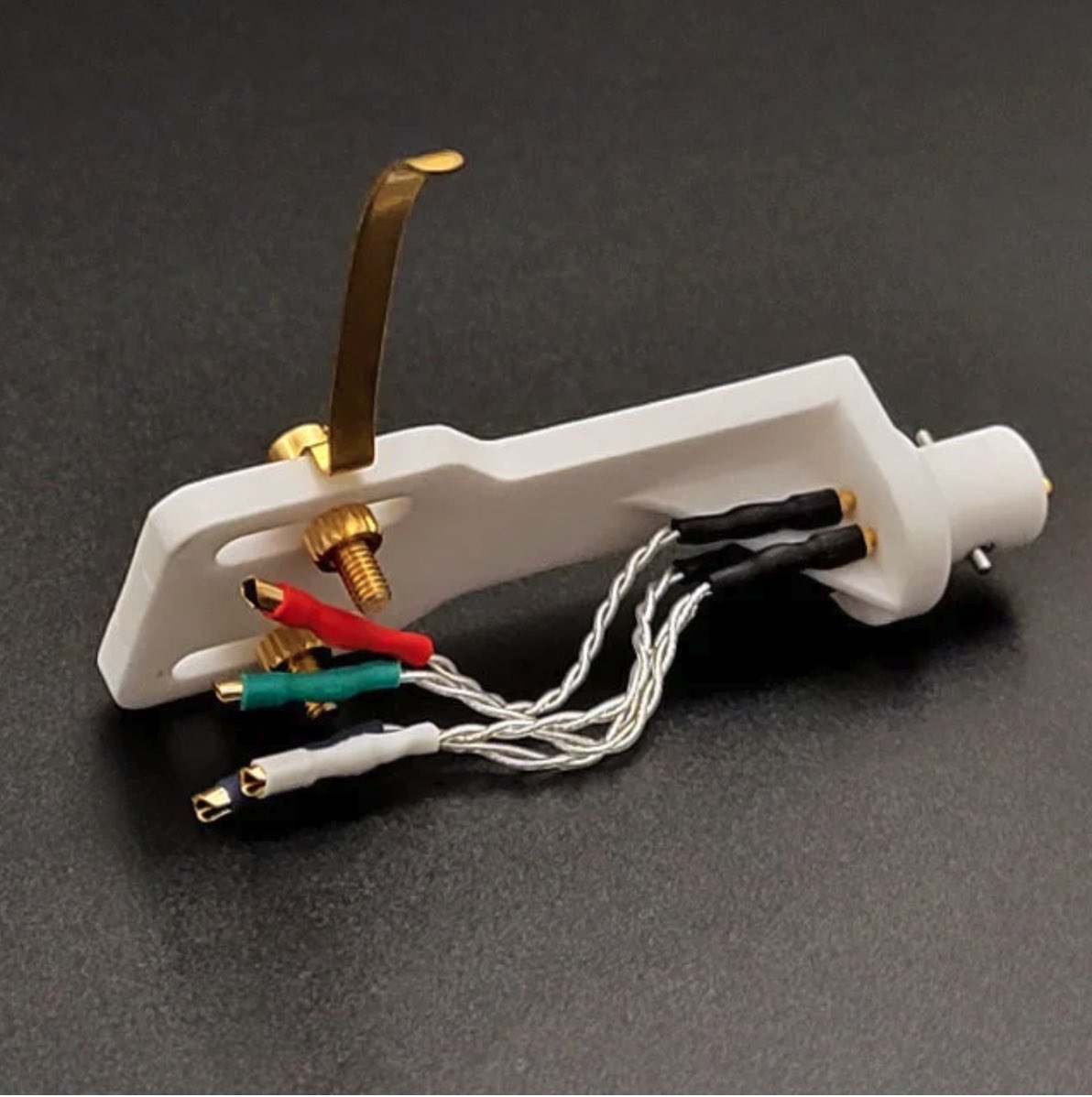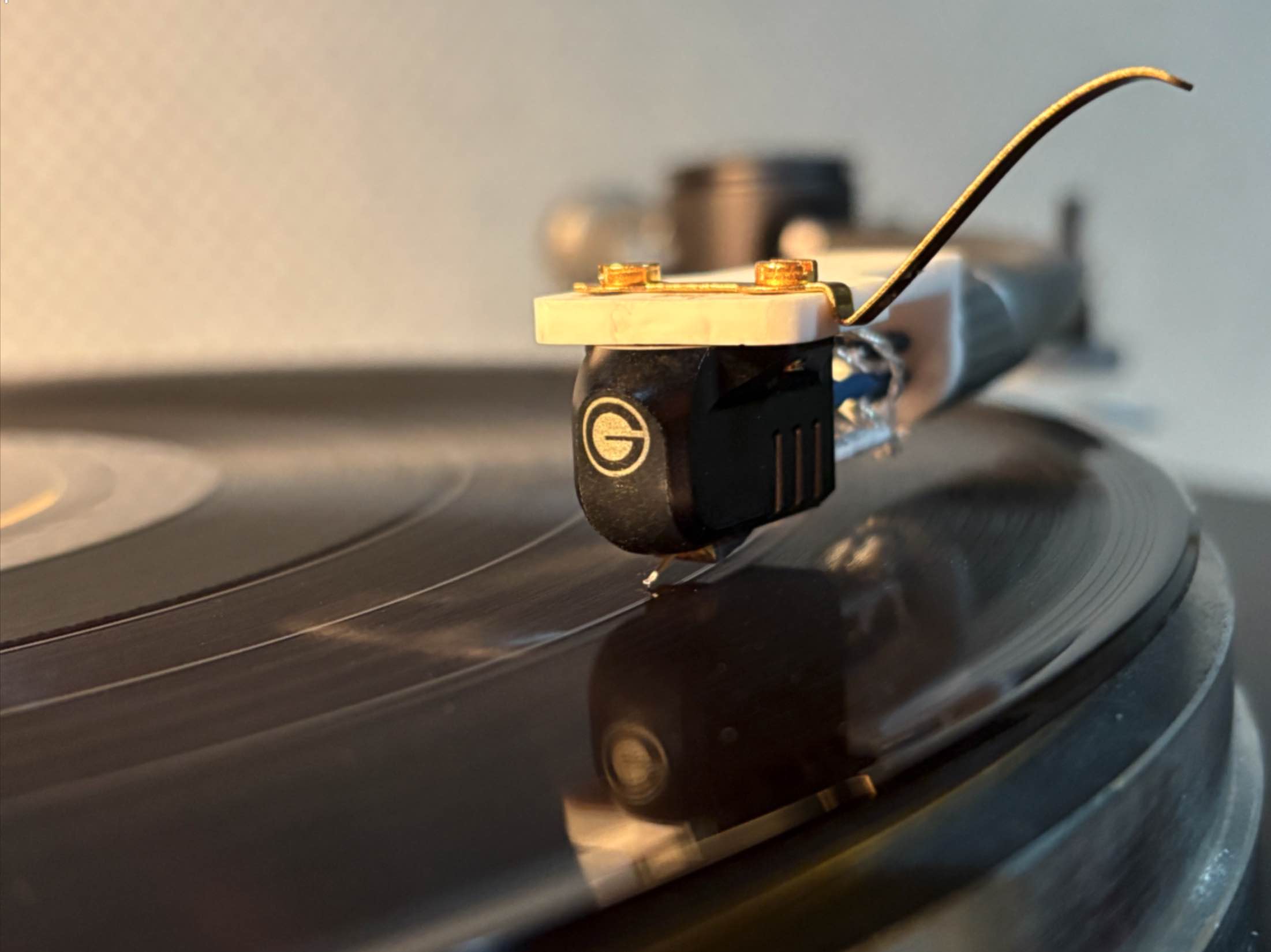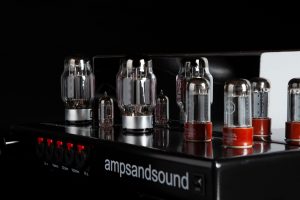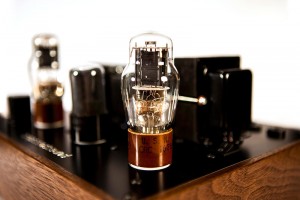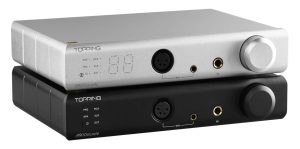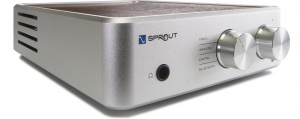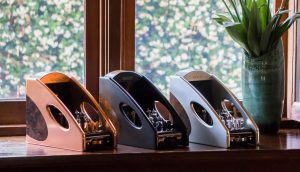The Pass Labs HPA-1 Headphone Amplifier seen here is accompanied by the iconic Artemide Tizio Desk Lamp
For many—especially those in their teens through their 20s—headphones are the preferred mode of listening to music, and when it comes to a quality sound experience, they offer them their biggest bang for their buck.
"I never sold an amp to anyone under the age of 30," writes John Thomson, who had owned a stereo shop. "I sold plenty of headphones and DACs to a younger crowd, but no component audio gear." (wifihifi.com) By its nature, this type of listening is often a solitary pursuit.
But what if you're a headphone aficionado looking to share the magic with friends and family while still elevating your cans experience?
Enter the Pass Labs HPA-1: it's a powerful and versatile, standout headphone amp that can double as a superb preamplifier for a two channel speaker system. Boasting the iconic and minimalistic machined aluminum chassis typical of Pass Labs, it delivers a deeply satisfying, vivid, and robust aural experience. whether it's to a roomful of guests or an audience of one tethered with a headset.
"If you've got loudspeakers that tend to play on the lean side, using the HPA-1 as a preamplifier really adds weight to the presentation," says Pass Labs staffer Kent English, who's had lots of experience setting up demo rooms at Hi-Fi audio shows. And longevity, despite the audio hobby norm of a progression of equipment replacements, the HPA-1 is a multi-purpose, high quality component that can serve you well, remaining with you through a lifetime of system upgrades.
The HPA-1 user manual states:
The foundation of the HPA-1's engineering is a custom, low-noise shielded toroidal power transformer with a Faraday shield between windings as well as a mu-metal shield around the circumference, feeding a discreet low noise regulated power supply for the audio circuits. The importance of the power supply is often overlooked and plays a large part in overall performance of the amplifier. The HPA-1's amplifier circuits are low-feedback, wide-bandwidth discreet designs employing a J-Fet input stage and a Mosfet output stage biased into Class A-biased direct-coupled output stage. The HPA-1 easily drives headphones presenting loads from 15 to 600 Ohms, particularly excelling on planar headphone designs. The sound is rich and detailed.
Photo courtesy of Dan Clark Audio
Full Circle
During my college freshman year, I spent hours in my dorm room listening to Steely Dan, Kansas, and—yes—Barry Manilow with Koss headphones plugged into a portable radio and cassette player. But then I became mesmerized by a roommate's Marantz receiver driving bookshelf speakers, reigniting embers deep within that my father's Garrard turntable had sparked years before. As the years progressed, a cavalcade of better loudspeakers and components paraded through my dwellings that were equally adept for listening sessions and singles parties, and when my courtship with Belle grew serious in 2010, I set my towering electrostatic Martin Logan Sequels, Angstrom 200 preamp, and Lexicon 212 amplifier in her North Shore mansion, and obliterated her—and her high schoolers'—home entertainment paradigms with their immersive, vivid, and visceral experience! Thirteen years later, the kids have their own homes now, and we enjoy music and HD movies with a much nicer system, however when one of us goes to bed early in our downsized home, better quality headphones—and a headphone amp—are the perfect compromise, allowing restful sleep for one while providing maximum entertainment for the other!
No Passing Fancy (Image courtesy of Pass Labs)
A marvel of utilitarian industrial design, the Pass Labs HPA-1 is equal parts testosterone and tuxedo. Not as sleek as its sibling, the XP-12, nevertheless it packs punch and panache. Low slung at 11" W x 13.5" D x 4" H, upfront it on its brushed aluminum faceplate it boasts, left to right: "HPA-1" on the bottom left corner; three small, shiny round metal selector buttons: Input 1, Input 2, and Preamp (tiny blue power and selection indicator lights reside above the buttons); a high-quality "locking" headphone jack on with the engraved Pass logo above; and a large, steely volume knob encircled by a black circular ring connected to an ALPS Potentiometer or circuit (visually the knob echoes the bright blue A/B meters on Pass Labs amps with their black plastic surrounds that, combined with their machined aluminum cases give them that iconic look).
Photo courtesy of Pass Labs
On the rear panel, there is the power switch, fuse, two sets of single-ended analog RCA input jacks on the rear panel, and a set of switchable "Preamp" line-level output jacks.
"There are no compromises with the HPA-1," its user manual states. "Used as a preamp, it will compete against contemporary preamps." Funny, through the years I have heard that same sentiment echoed in the industry.
HPA-1 Specs
- Gain: 8 dB
- Frequency Response: 10Hz – 100kHz -1 dB
- Output Power: 200 mW (into 300 ohms)
- Output Power: 3500 mW (into 20 ohms)
- THD + Noise: < 0.005 at 1V out
- Input Impedance: 50k ohms
- Output Impedance: < 2 ohms
- Power Consumption: 23 watts
- Unit Dimension: 11 w x 13.5 d x 4 h inches
- Unit Weight: 14 lbs
A Word on Pass Labs and the HPA-1's Designer, Jam Somasundram seen here between his giant Sound Lab electrostatic speakers (photo by Bryant Larsen)
Serving now as president of Quadratic Audio since January 2021, Jam Somasundram had left his position of Director of Engineering at Cary Audio Design in 2013 to join Pass Labs' design team. And why not?
Founded in 1991 by the brilliant Nelson Pass (the Do-It-Yourself guru and co-founder of Threshold, famed for their Stasis amplifiers), he designed the Pass Labs single-ended Aleph series, and X series with their "Super Symmetry" topology for ultra low distortion (as well as building his First Watt minimalist, low power designs on the side), while PL partner and designer, Wayne Colburn, engineered a litany of brilliant preamplifier designs under their banner (you can read more HERE). It's a wonderful place to flourish and grow says Kent English, who worked in Technical Support there from 2001 to 2015 and, nowadays, helps manage the company.
"What brought me to Pass Laboratories was the unique corporate culture that Nelson created after Threshold. Nelson's vision was a company that was more community than corporate. Nelson has always stressed that he strives to be more like himself everyday, and likewise with the company," he said, adding that current Pass Labs president, Anastasia Protopappas, "has done much to continue and expand that vision. It's all about community: the staff, our trading partners and our end users." (You can read my interview of her HERE.)
Flourishing in that nurturing environment, a mere three years after Somasundram joined Pass Labs, in 2016, his creation, the HPA-1 headphone amplifier was born (you can read more about Pass Labs HERE).
Ushering in the Jam Session
Jam Somasundram was born in Malaysia, the son of educators; his father eventually served as the education attaché to the Malaysian embassy in Washington D.C. Growing up with two sisters, he played soccer as a youth. You can hear the smile in his voice as he adds, "I've been building electronics since I was 12 years old, so it's been a lifelong hobby!"
Receiving his Associates Degree in Brighton, England, he took a heavy course load for one year at George Washington University before moving to Charlotte, NC, where he completed service work and worked in retail.
"While I was doing that, I consulted for Sumiko, the cartridges people," he recounts. "They used to be importers for REL, SME, and Sonus Faber; I did some work for them."
I mention that I use the Usher Audio ML-802 loudspeakers in my reference system, which strikes a resonant chord with him.
"As far as Usher speakers go, I was working for a home audio/home theater company, and we carried their speakers, and we used to sell quite a few pairs of Usher speakers," he says. "They're great speakers. I think the way that Joseph D'Apolito did some of the design work for them, if I'm not mistaken, as a brand from the far east, they were by far the best.
"Also I did consulting work for Wadia Digital," he says, adding that he served as Technical Director at Cary Audio before becoming a designer at Pass Labs.
Jam's reference home-based listening room with the Sound Lab 745 electrostatic speakers, artwork, and designer furniture features the following components: Marantz MA-9 S2 monoblock amps, Micro Seiki RX-5000 turntable, Dr. Feickert Woodpecker Turntable, Audiocraft AC-4400 tonearm, GrooveMaster 3 tonearm, Lyra Etna and DS Audio W-3 cartridges, Pass Labs XP-25 Phono preamplifier, DS Audio W2 equalizer, Quadratic Audio MC-1 MC transformer, Marantz SA-10 SACD player, Marantz ST-17 tuner, Prototype preamp, Pass Labs HP-1 Headphone Amplifier, Quadratic HP-1 prototype headphone amplifier, Audeze LCD-3 and LCD-5 Headphones, PS Audio Powerplant, and custom interconnects and cables. (Photos by Bryant Larsen)
On developing the Pass Labs HPA-1 Headphone Amp with a Tube Reference
"I'm a big fan of electrostatic speakers, and I believe they're the most revealing speakers of the lot, and so when I designed the HPA-1 headphone amplifier, I wanted something that would work as a great preamp, as well as a headphone amplifier. The problem with most headphone amplifiers is they sound very sterile and too solid state-y, if you want to use the term. So, I borrowed a 2A3 tube amplifier, and I used that to voice the headphone amplifier because I wanted it to have a more mellow, rich sound. Basically, that was the idea because everything I heard that was solid state didn't do it for me; there was something missing that some tube equipment had. So I used a 2A3, and I used Audeze headphones and electrostatic speakers as my reference to come up with the design. I use analog sources exclusively; I don't use any digital sources to voice anything electronic because I think if you use digital as your main source, you tend to go down that sonic path.
"Now more on the headphone amplifier, basically the transformer is three times the power rating we require, and so it's way overbuilt. I think there's a white paper which I kind of wrote some description in one of the sites—Three Moons or Six Moons or whatever—they have it—but basically, the transformer is custom-designed."
The Impedance Impediment for Universal Headphone Amps
"When you design headphone amplifiers, you have opposing sets of conflicting requirements, as far as what you need, because you've got headphones that are 15 Ohms, and also at the other extreme, you have headphones that are 600 Ohms. So you've got this whole range of impedances you have to contend with. You can't really do that with a tube amp because you have to have a transformer with a huge number of taps. You can't make a transformer to cover that many impedances with a tube amp—and you'll get frequency response aberrations if you don't have properly matched impedances.
"But you can do it with solid state because you have to have something that has higher voltage and more current, so that was part of the design goal: to accommodate all the headphones. It would be easier if everyone said there's a standard—say 300 Ohms—and everyone made 300 Ohm headphones, but it's not. It's like Moving Coil cartridges–and they're all over the place!
"So you have a conflicting set of requirements for a good headphone amplifier that's universal. That was a tough one—to come up with what was needed to be able to drive a whole variety of headphones from 15 Ohms to, say, 600 Ohms. So that was part of the design goal, as well.
"We went through about seven prototypes of power transformers before we came up with one that works. It's three times the size it needs to be, it's got a Faraday Shield, and it's got an external shield as well, so it's very well isolated. And it's also designed to work through 50 and 60Hz so it doesn't buzz at any frequency. Basically, the whole thing is over-designed. Sonics were the primary goal and not low distortion as typified by most other designs."
The Dystopia of Distortion Measurements Being the Sole Criteria
"You can apply more feedback and get better distortion characteristics, but sonically, it usually leaves a lot to be desired. My whole take on it is if distortion is the sole criteria on how something sounds, you might as well own a Yamaha receiver, because that gives you pretty good distortion numbers, but it doesn't sound very good.
"Basically with the design, I voiced the amplifier using a Moth 2A3 amplifier as a model on how to get good midrange. I used that as a reference. I used electrostatic speakers also on the pre-outs, and I used analog sources exclusively to aid in voicing the unit; digital sources weren't used because I find they tend to lead you down the wrong path."
On the Tizio Lamp and its place in design and listening spaces (photo courtesy of richardsapperdesign.com)
"When I was at Pass Labs, I brought my Tizio Lamps in, and everyone looked at them and said, "What is that?" (He's laughing). Okay, they don't get it. It's not here for light; it's here for other reasons as well.
"You see, I like collecting art and pieces like that because I think you're a product of your environment, and your environment helps you come up with better ideas. I was always taught that. Your environment helps you. If you introduce good products like furniture, whatever, and music into your environment, it helps you be a better designer. I find a holistic approach to form, function, and engineering are essential to timeless design.
"Maybe it rubs off? I don't know." (He laughs.)
Later, Jam emails me a quote summarizing the holistic approach to design:
"Holistic design takes into account the person, the device, the moment, the ethnographic environment, the physical space as well as human behavior and psychology, i.e. thinking, attitudes, emotions, motivations, abilities, triggers etc., and aims to deliver an optimal experience. At times the entire experience (with a product or brand) is not limited to digital devices but is a mix of digital, real-world brick-and-mortar, and human-to-human interactions."
— Miklos Philips, Principal UX Designer at Toptal
The Dan Clark Audio Stealth Close-Backed Wired Planar Magnetic Headphones (photo courtesy of Dan Clark Audio)
Luxuriant Ear Candy and Then Some!
Whether or not the Tizio Lamps inspired Jam to greater designerly heights is up to conjecture, but what an amazing job he's done! I try out the HPA-1 with several headphones, including the Fostex T50RP ($170 retail), the Dan Clark Audio Ether 2 planar open-back headphones ($2299), and the Dan Clark Audio Stealth Closed Back Planar headphones ($3999). Each featuring different impedances, they all sound terrific.
Photo courtesy of Cypher Labs
I employ the Dan Clark Audio Stealth headphones for the focused portion of this review, and to provide a more worthy comparison, I forego using my $650 SGA-1 Soncoz Headphone Amplifier that, while an excellent value for the money, is a lighter-bodied pinot noir to the bolder HPA-1's cabernet sauvignon. Hence, I enlist the services of the powerful, but discontinued Cypher Labs Prautes tube headphone amplifier with a rebuilt power supply.
I had been very impressed by the Prautes when I reviewed it in 2019, and Joe Jerzec, who was a reseller and lent me the review sample when he ran JAM'n Audio (he's currently a partner at Purity Audio Design), lent it to me again. A veritable tank, only 50 units were made, retailing for $3900 (that would be $4714 in 2023 dollars, according to Amortization.org). One of its standout features is an impedance selector switch to accommodate various headphone and speaker impedances, as follows: 300 Ω, 100 Ω: Standard for many Studio headphones, 32 Ω: Standard consumer headphones, 8 Ω: Speakers or very low impedance headphones, and IEM: In-Ear-Headphones.
Now, the Stealth headphones have a 23 Ohm impedance and a sensitivity of roughly 86 - 87 dB/mW, so they're not the most efficient headphones, meaning you have to crank up the volume on a headphone amp to hear them properly.
Since the Prautes' 32 Ohms is the closest setting to it, I selected that option (with the HPA-1, with no impedance selector switches, it's plug and play). However, the Prautes headphone amplifier delivers plenty of pop by employing a 12AU7 tube gain stage in tandem with a pair of 50L6 or 25L6 tubes in push-pull mode, resulting in more power than most headphones need; it is able to drive high efficiency speakers like the Zu Audio Soul—which have a sensitivity roughly 100 dB/1-watt—with roughly two watts power. (headfi.org, tonepublications.com)
Listening impressions
I link the HPA-1 and Prautes to to a silver-wired Richard Lee passive preamplifier (which has an A/B toggle), set at unity, using silver-plated copper Straight Wire Virtuoso R2 RCA cables and connect that to my Pass Labs XP-12 preamplifier's RCA output via a pair of Straight Wire Crescendo 3 RCA cables. I use the XP-12 for master volume control, set the headphone amps at full volume, then trim back the Prautes' volume a touch to equalize their volumes, as I notice that the gain is notably higher on the Prautes than the HPA-1—with its gain of 8 dB.
"At the time we designed the HPA-1, 8 dB seemed to be about average for most headphones, and so we used eight dB," Jam explains. "A lot of headphones and amplifiers around that time were around the same value. That's why we chose 8 dB."
Gain differences aside, I am surprised at how similar the HPA-1 and Prautes sound to one another. Although the HPA-1 is solid-state and the Prautes is tube-based, they both deliver powerfully bold, yet nuanced presentations, and as they slug it out in the trenches, differences emerge.
Toggling back and forth between the HPA-1 and the Prautes in the Allman Brothers' vinyl version of "Done Somebody Wrong" (Allman Brothers Band, At the Fillmore East. Vinyl. Capricorn, 1971), aural haymakers fly with slam and realism, conjuring heavyweight boxers Kenny Norton's and Larry Holmes' epic 15 round battle for the former's WBC Heavyweight title in 1978. Berry Oakley's bass—taut and deep! Butch Trucks and Jaimo's snapping snare and clanging cymbals! Thom Ducette's emotive harmonica! Duane Allman's and Dickey Betts' whaling guitars! It's all there, vivid, vim, and visceral.
Like the arcing blows of the more muscular Norton, the Prautes paints an aural image with bolder, broader brush strokes, while the HPA-1, like the fleeter and straight-shooting Holmes, delivers much of that, but also pulls out the smaller brushes for greater precision—fleshing out more texture in Gregg Allman's vocals, for example. In providing power combined with tubes' organic warmth, the Prautes glosses over bits of information that the solid state HPA-1 provides—albeit with its own uncanny natural sense of air and space.

From the emcee's intro, to the clapter, snapping fingers and Eva Cassidy's humming intro, Lenny Williams' piano, Chris Biondos' deep purring bass, Cassidy's deft electric guitar and sublimely expressive, honey-gilded soprano vocals, accompanied by Raice McLeod's cymbals and snare, both headphone amps render Eva Cassidy's "Cheek to Cheek" with vim and vigor (Eva Cassidy, Live at Blues Alley. Qobuz FLAC 44.1kHz, Eva Music May 1996) but once again, the the HPA-1 seems a touch clearer and nimble; while not analytical sounding, it's a smidge more delineated resolving than the otherwise seductive, heavier, and warmer tones of the Prautes.
The largesse of Chicago's Orchestra Hall's space is palpable as flutes, oboes, violins, violas, trumpets—and the occasional crash of cymbals—sing sublime in "Nutcracker, Suite from the Ballet, Op 71a." (Chicago Symphony Orchestra, Georg Soli, The Tchaikovsky Album. FLAC 44.1kHz, 16-Bit. London, December 24, 2020). Again, with the HPA-1, it's a touch more detailed, neutral, and natural, while the Prautes, also vivid and very natural-sounding, is a touch bolder and darker.
Photo Courtesy of Pass Labs
In Conclusion
In the end, after donning headphones with the HPA-1, and comparing it with the Cypher Labs Prautes, I can see why so many hold it in such high regard. The Pass Labs HPA-1 is powerful and detailed, but never fatiguing. To be honest, when I spent late nights listening to music, the joy and ease of listening for hours on end motivated me to make some changes in my room acoustics, speaker toe-in and placement in my two channel listening space so I could derive that same level of pleasure over my loudspeakers. Certainly the HPA-1's designer, Jam Somasundram, may be onto something by voicing it with a tube-based Moth 2A3 amplifier as a midrange reference and using analog sources exclusively (he's since turned me back onto vinyl, but that's another story!).
That's my reference two-channel system (you can view a listing of components by clicking on my byline)
As such, I am both grateful and very impressed. If you enjoy headphone listening or are looking to build an A/V system starting with stellar headphone accommodations, I highly recommend the Pass Labs HPA-1 Headphone Amplifier as a superb choice!
HPA-1 Headphone Amplifier
Retail: $3675
Pass Labs




